Expansion of Agricultural Production Areas
The expansion of agricultural production areas is a significant driver for the Myclobutanil Market. As new lands are cultivated, the need for effective crop protection measures becomes increasingly critical. This expansion is often accompanied by a rise in pest and disease pressures, necessitating the use of fungicides like Myclobutanil. Market analysis indicates that regions undergoing agricultural expansion are likely to see a corresponding increase in fungicide usage, as farmers seek to protect their investments. This trend not only supports the growth of the Myclobutanil Market but also highlights the importance of sustainable practices in newly developed agricultural zones.
Rising Demand for Crop Protection Solutions
The Myclobutanil Market is experiencing a notable increase in demand for effective crop protection solutions. This trend is largely driven by the need to enhance agricultural productivity and ensure food security. As farmers face challenges from pests and diseases, the adoption of fungicides like Myclobutanil becomes essential. According to recent data, the market for fungicides is projected to grow at a compound annual growth rate of approximately 5.2% over the next few years. This growth is indicative of the increasing reliance on chemical solutions to safeguard crops, thereby propelling the Myclobutanil Market forward.
Regulatory Support for Agricultural Chemicals
The Myclobutanil Market benefits from regulatory frameworks that support the use of agricultural chemicals. Governments are increasingly recognizing the importance of fungicides in maintaining crop health and yield. Regulatory bodies are streamlining the approval processes for such chemicals, which facilitates quicker market entry for products like Myclobutanil. This regulatory support is crucial, as it not only enhances the availability of effective solutions for farmers but also encourages research and development in the sector. The positive regulatory environment is likely to bolster the Myclobutanil Market, fostering innovation and expanding product offerings.
Increased Awareness of Plant Health Management
There is a growing awareness among farmers regarding the importance of plant health management, which significantly influences the Myclobutanil Market. As agricultural practices evolve, farmers are becoming more educated about the benefits of using fungicides to prevent crop diseases. This shift in mindset is leading to higher adoption rates of Myclobutanil, as it is recognized for its efficacy in controlling various fungal pathogens. Market data suggests that regions with higher awareness levels are witnessing a surge in fungicide sales, indicating a direct correlation between education and market growth in the Myclobutanil Market.
Technological Innovations in Agricultural Practices
Technological advancements in agricultural practices are playing a pivotal role in shaping the Myclobutanil Market. Innovations such as precision agriculture and integrated pest management are enhancing the efficiency of fungicide application. These technologies allow for targeted use of Myclobutanil, minimizing waste and maximizing effectiveness. As farmers adopt these modern techniques, the demand for Myclobutanil is expected to rise. Furthermore, the integration of data analytics and IoT in farming is likely to optimize the timing and dosage of fungicide applications, thereby improving crop yields and reinforcing the Myclobutanil Market.


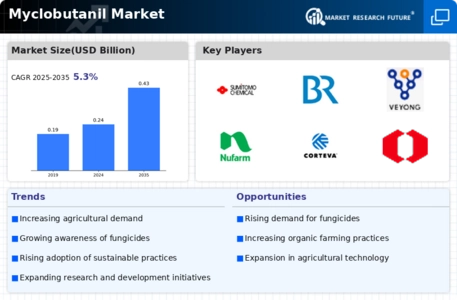
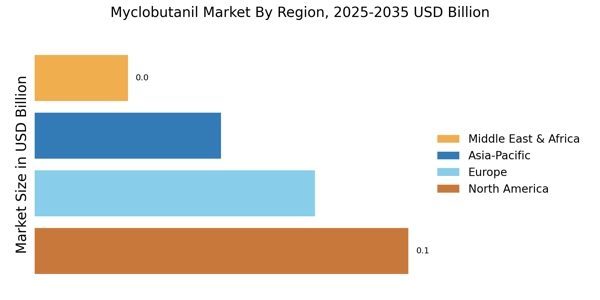
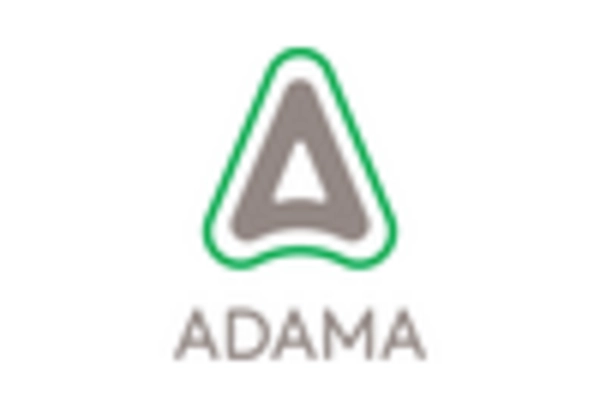

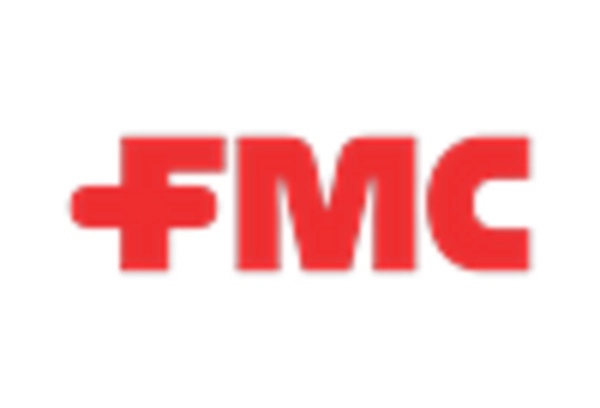
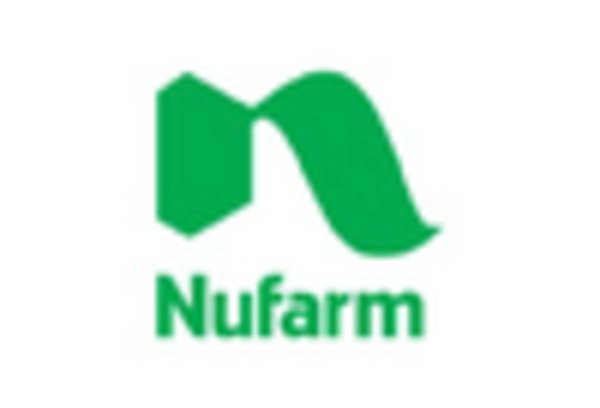










Leave a Comment